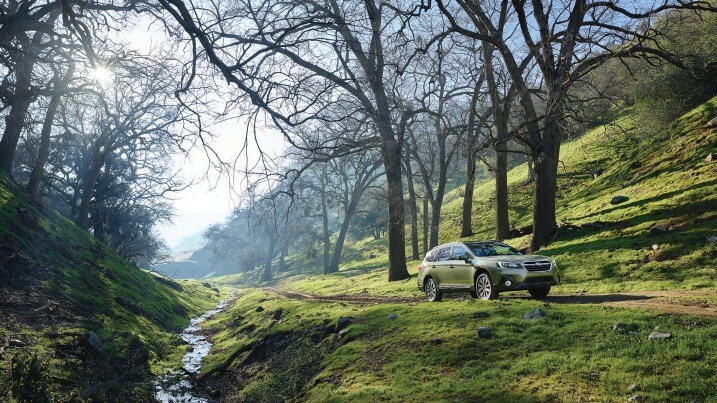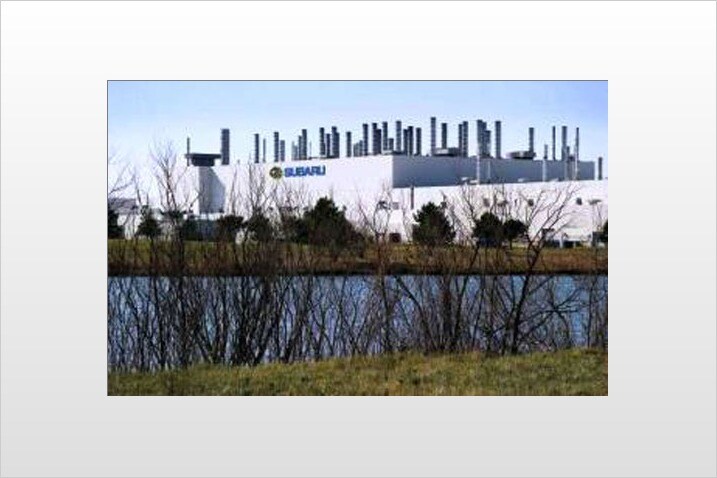When you think of a "green" car company, do you automatically think of one that makes low-emission cars? That's all well and good, but what about the tremendous environmental impact of the vehicle production process? An auto factory isn't something that barrels into your environmental consciousness like a 3-ton SUV. But it's time we looked beyond the cars in the showrooms to how those cars are made.
When you do think of a car factory, you probably envision something akin to the smoke-spewing industrial plants of Charles Dickens' London. But there's one car factory that's as far removed from that bleak stereotype as a Hummer is from a Greenpeace convention's parking lot — specifically, Subaru's sole U.S. plant, which goes by the name of Subaru of Indiana Automotive (SIA). Built in 1989, SIA has steadfastly made improvements in its production methods that cut down and (in 2004) eliminated the generation of landfill waste entirely. Yes, this auto factory, which makes anywhere from 110,000 to more than 200,000 vehicles a year, adds absolutely nothing to our nation's rapidly filling landfills.
That "nothing" is really something, particularly since SIA produces more than half of the Subaru Legacy, Outback and Tribeca vehicles for the U.S. market. (Curiously, Toyota Camrys are also made here, thanks to an agreement between the two carmakers.) What's more, all but the Tribeca are PZEV-rated vehicles, meaning these cars have very low emissions, too.

